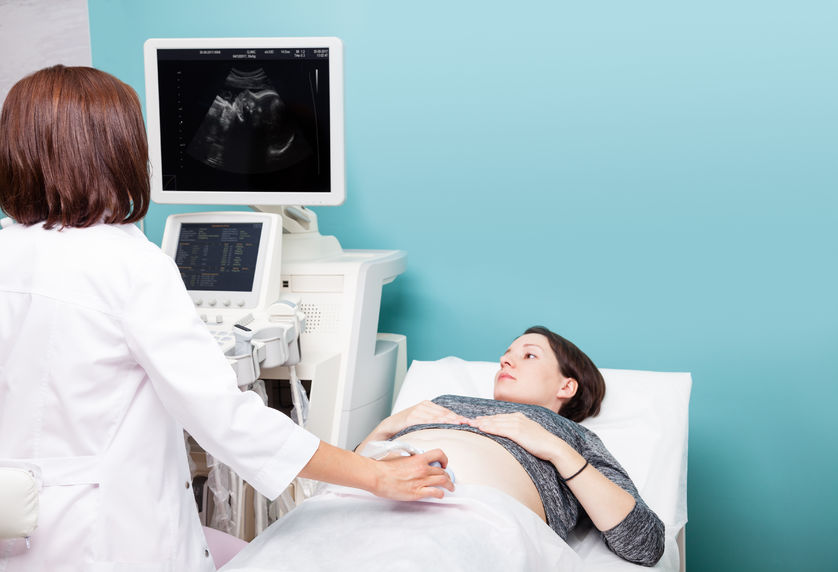
What is egg retrieval?
Transvaginal Oocyte Retrieval (TVOR) or also referred to as Oocyte Retrieval (OCR) is the process of retrieving eggs. The egg retrieval process uses minimal invasion. The process is as follows:
- Ultrasound is used to identify placement of ovaries
- A needle is used through the vaginal wall to get to the ovary
- Light suction is then used to draw out the eggs one by one
- Retrieved eggs will be placed in test tubes and then frozen for the future
Is TVOR a painful process?
The patient will be sedated during the aspiration surgery and should not experience any pain during the egg retrieval process. The procedure is not invasive since TVOR is done through the vaginal walls with a needle. The patient should not drive for 24 hours and may experience some soreness in the vaginal area. This may be accompanied by cramping and spotting. These symptoms should only last a few days but a physician should be notified if symptoms become severe.
How long does it take to do an egg retrieval?
Every circumstance is different and the time needed depends on the ease of the retrieval from the ovaries and the amount of fully matured eggs in each ovary. Typically, however, TVOR only takes about 20 to 30 minutes.
Common reasons for TVOR
- Low number of eggs developing or maturing
- Premature ovulation
- Too many eggs developing which can create ovarian hyperstimulation syndrome
How long do eggs last after they are frozen?
If ten eggs are retrieved from the egg retrieval procedure, then only seven are expected to survive. Only five or six eggs are expected to be fertilized and become embryos. The physician will usually inject three to four embryos. Stored properly, eggs before fertilization can last up to ten years. Studies show that long-term storage of frozen eggs does not result in decreased quality.
Is TVOR safe?
There are several steps a woman must go through when it is time for the egg retrieval process:
- Series of blood tests
- Hormone injections that result in hyperstimulation of ovaries
- Ultrasounds for each egg retrieval
- Self–injections for 9-13 days, twice daily
Does the egg retrieval process affect a woman’s future fertility?
A mature female who begins menstruation for the first time will have 400,000 eggs in two normal ovaries. At each ovulation, 15-20 eggs are mature inside but the ovary only releases one egg. The other eggs stop growing and are discarded by the body naturally. TVOR is performed by giving the woman hormones to mature all the eggs on the current cycle.
Ovarian hyperstimulation syndrome (OHSS) is a condition where the ovary swells into the abdomen causing pain. OHSS is only experienced in 1-3% of the cases for TVOR.
Ovarian Torsion is a condition where the ovary twists and this causes severe pain. This condition happens only 1% of the time.
These conditions do not necessarily cause infertility but as with any procedure, there is always a risk. These risks are minimal to none, as TVOR has become a very common procedure and past the experimental stages.
ReUnite Rx is proud to assist couples and individuals undergoing fertility treatments with our need-based assistant program. Active or veteran military members automatically receive a 25% discount with our assistance program. To learn more about our discount programs, visit our program summary.




